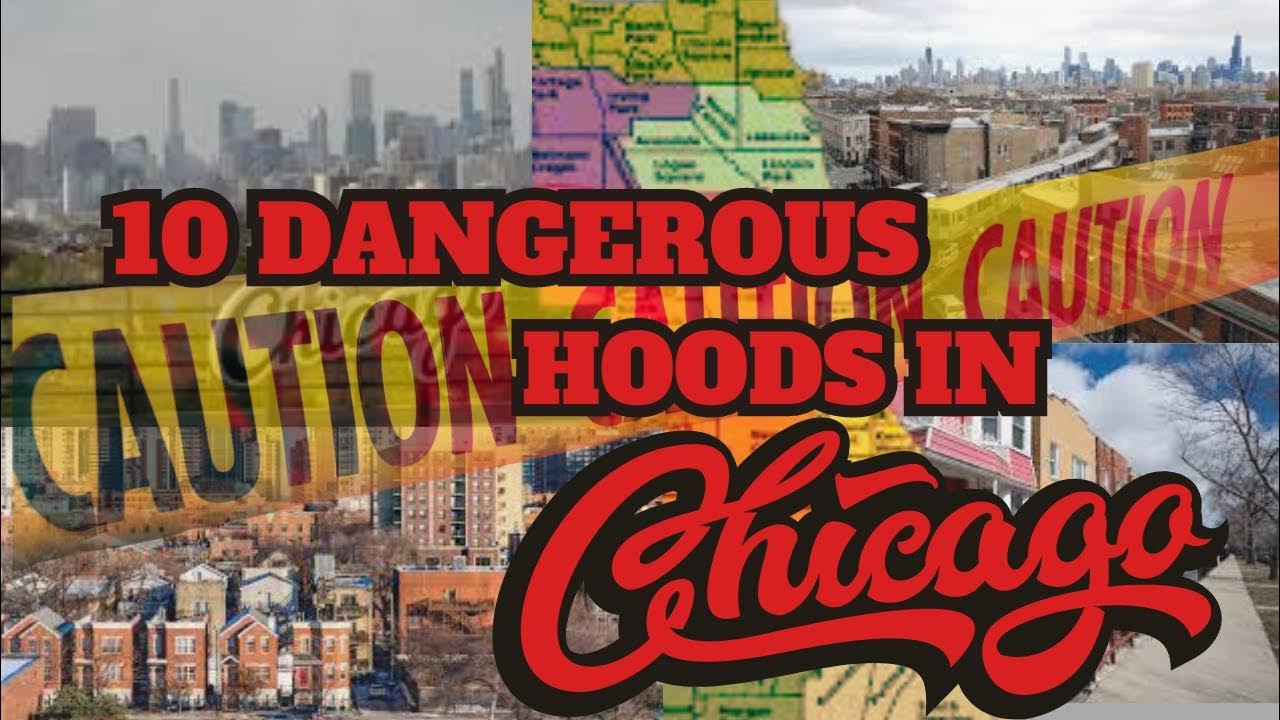Exploring The Dangerous Areas Of Chicago: What You Need To Know
Chicago, a city known for its vibrant culture, deep-dish pizza, and stunning architecture, also has its darker side. With a rich history that dates back to the 19th century, the Windy City has been a melting pot of diverse communities. However, just like any large urban area, Chicago has neighborhoods that are notorious for crime and violence. Understanding these dangerous areas is crucial for residents and visitors alike, as it can help ensure safety and well-being while navigating the city streets.
The question of safety often arises when people consider a visit to Chicago. While the city offers countless attractions, the reality is that certain neighborhoods carry a reputation for higher crime rates. By being informed about which areas are deemed dangerous, you can make more educated decisions on where to explore, live, or even avoid. This article aims to shed light on what areas of Chicago are dangerous, their crime statistics, and safety tips for navigating this bustling metropolis.
It's essential to approach the topic of dangerous neighborhoods with sensitivity and an open mind. Many of these areas have strong community ties and residents who are working tirelessly to improve their surroundings. By understanding the complexities behind crime in these neighborhoods, we can foster a more comprehensive view of Chicago and its residents. So, what areas of Chicago are dangerous? Let’s delve deeper into the city's landscape and examine the neighborhoods that have gained notoriety for their safety concerns.
What are the Most Dangerous Neighborhoods in Chicago?
The list of dangerous neighborhoods in Chicago is extensive, but some stand out due to their high crime rates. These areas include:
- Englewood
- West Englewood
- North Lawndale
- East Garfield Park
- Chicago Lawn
- Humboldt Park
- Woodlawn
- South Shore
What Makes These Areas Dangerous?
Several factors contribute to the danger levels in these neighborhoods. Some of the most common issues include:
- High rates of gun violence
- Gang activity and territorial disputes
- Economic instability and lack of resources
- Limited access to quality education and employment opportunities
How Do Crime Rates Compare Across Neighborhoods?
Crime rates vary significantly from one neighborhood to another. For instance, Englewood has been noted for its alarming statistics, with a particularly high number of violent crimes per capita. In contrast, neighborhoods like Lincoln Park and Lakeview are generally considered safe and have lower crime rates. Understanding these differences can help individuals prioritize their safety while visiting or living in Chicago.
Which Areas Should Be Avoided at Night?
While many neighborhoods in Chicago are safe during the day, some areas can become more dangerous after dark. It's advisable to exercise caution in the following neighborhoods:
- Englewood
- West Englewood
- North Lawndale
- East Garfield Park
Staying vigilant and aware of your surroundings is crucial if you find yourself in these areas after sunset.
What Safety Precautions Should You Take?
To ensure personal safety while navigating potentially dangerous areas, consider the following precautions:
- Stay in well-lit, populated areas and avoid alleys.
- Keep your personal belongings secure and close to your body.
- Be aware of your surroundings and trust your instincts.
- Use reliable transportation options, such as rideshare services or public transit.
What Resources Are Available for Residents and Visitors?
Chicago has various resources available for both residents and visitors to help enhance safety. Some notable organizations include:
- Chicago Police Department: Offers community programs and outreach.
- Local neighborhood watch groups: Foster community involvement in crime prevention.
- Online crime mapping tools: Help track crime in real-time.
How Can Community Efforts Improve Safety?
Many neighborhoods in Chicago are actively working to combat crime through community initiatives. By engaging residents in safety programs, promoting local events, and fostering a sense of community, these areas aim to create a safer environment for everyone. Crime prevention efforts, such as youth outreach programs and job training, play a significant role in improving the overall safety of neighborhoods.
What is the Future of Chicago's Dangerous Areas?
Despite the challenges faced by some neighborhoods, there is hope for a brighter future. Community leaders and residents are increasingly coming together to address the issues that contribute to crime. As more resources are allocated for education, job training, and community development, the dynamics of these dangerous areas may begin to shift positively. The ongoing efforts to revitalize neighborhoods may ultimately lead to a reduction in crime and an improvement in the quality of life for residents.
Conclusion: Navigating Chicago Safely
Understanding what areas of Chicago are dangerous is crucial for anyone looking to explore or live in the city. While certain neighborhoods have earned a reputation for crime, it's important to approach the topic with an understanding of the complexities involved. By staying informed, taking necessary precautions, and supporting community efforts, we can all contribute to a safer Chicago for everyone.
Expressing Yourself: The Allure Of Leg Tattoos For Girls
Harmonious Melodies: Exploring Hindi Duet Songs Karaoke
Discovering Elin Nordegren: A Glimpse Into 2023 Images


